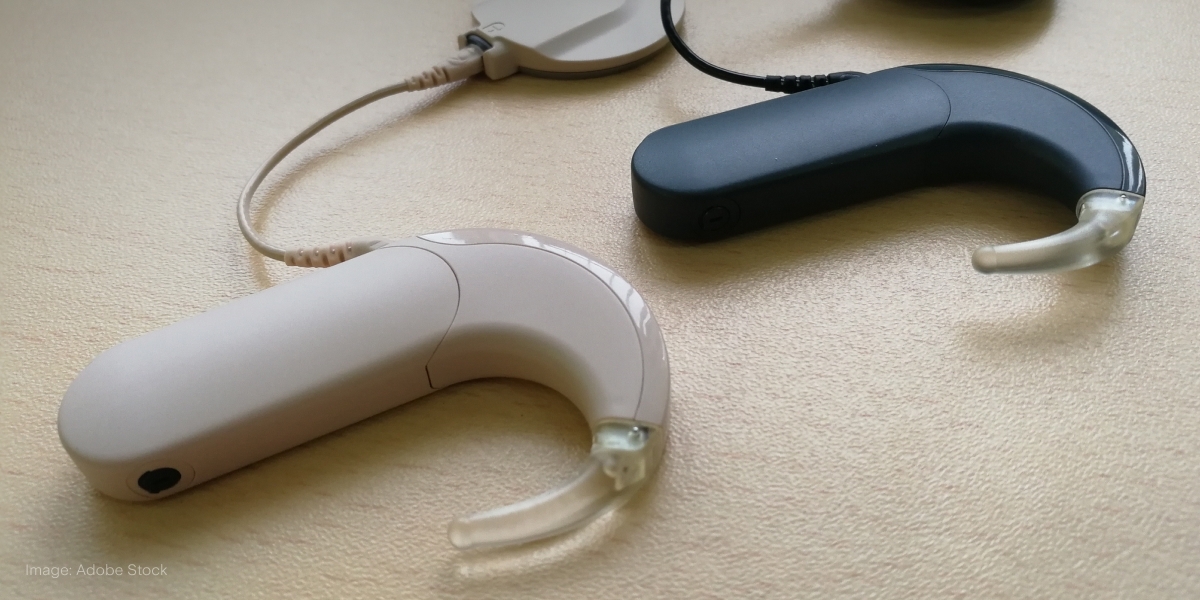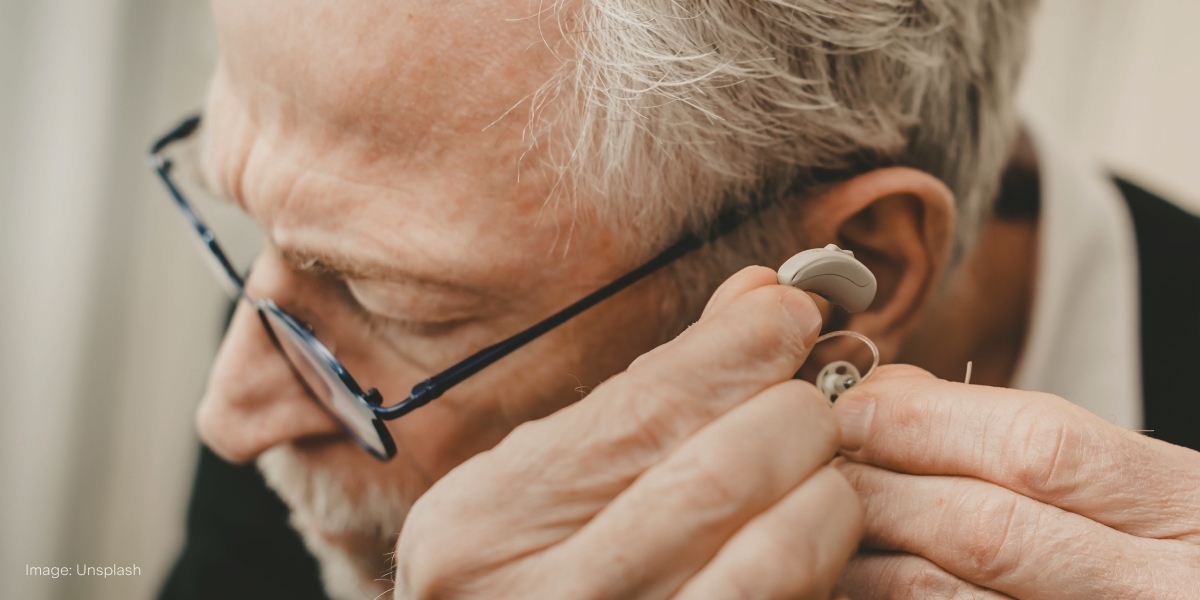
Under the Spotlight AUS: Cochlear Limited (COH)
Our senses play a vital role in our experience of the world. And for people with hearing difficulties, technology developed by Cochlear has enhanced their lives. But what's next for the medical device company? Let’s put it Under the Spotlight.

The idea of using electricity to stimulate hearing is longstanding. In the 18th century, pioneering physicist Alessandro Volta even put two rods attached to a battery into his own ears, quickly stopping when he heard crackling and bubbling. Although this might conjure up images of a mad scientist, Volta’s observations sparked further investigations into the area.
By the 1940s, Harvard researchers proposed that hearing could be restored by directly stimulating the auditory nerve. The auditory nerve is located in the inner ear and sends sound signals to the brain. Two decades later, scientists Blaire Simmons and Robert White had developed a method of creating sensations in the auditory nerve. However, it was not enough to provide a useful way of communication for their patients.

Sound pathways
Medical specialist Graeme Clark had always held the issue of hearing loss close to his heart. He’d entered the field due to his father’s hearing difficulties, having watched how the pharmacist, with his poor quality hearing aids, struggled to understand his customers while working in a small town outside of Sydney.
Clark initially studied how animals heard as he tried to find a way to help people regain hearing capability. But it was when he was on a beach holiday that he made his major breakthrough. Pushing a blade of grass into a shell reminded him of the spiral shaped cavity in the inner ear, known as the cochlea, and he realised any device he built would need a flexible tip to reach the right area.
He also theorised that having multiple conductors would help patients distinguish between the pitches of sounds. People were sceptical, but Clark remained determined and in 1974 he even organised a telethon on Channel 10 to raise funds. The first multichannel cochlear implant prototype came together soon afterwards.

Hearing solutions
It took until 1978 for Clark to find a suitable patient, but the first implant’s success resulted in a government grant to commercialise the technology. The initial partnership was set-up between researchers at the University of Melbourne, the Australian government and a medical equipment exporter named Nucleus. The first multichannel implant, Nucleur® 22, soon arrived and they became Cochlear Limited ($COH) in 1985.
Cochlear’s devices quickly gained market share, being effectively advertised to audiologists and ear nose and throat surgeons. Approval by the U.S. regulatory agency, the Federal Drug Administration, also opened major new global opportunities. The implants were known for their reliability and the team started reducing the size of some components to help people lead more active lifestyles by the 1990s.

Listening skills
The hearing devices sit behind the ear and have a microphone that picks up sounds from a person’s environment. These sounds are then converted into digital information by a sound processor and sent to the next part of the device underneath the skin. A thin electric wire transmits the electrical signals down to conductors in the cochlea to stimulate the auditory nerve. When these signals reach the brain, they are translated into sounds.
The implants don’t actually restore normal hearing, but give patients a useful understanding of sounds in the environment. This is different to hearing aids, which amplify sounds so that they can be detected by damaged ears. It takes the patient some time to get used to the implant’s sensations and the settings are fine tuned for each individual. Cochlear’s first products were for those severely hard of hearing, but they’ve gradually expanded their range of patients.
From the mid-2000s, Cochlear’s implants have been altered to cater to those with partial deafness with more flexible conductors that can help preserve residual hearing. The devices were later also approved for single-sided deafness and to be used by children. By the end of FY2022, the firm had sold over 700,000 implants. However, Cochlear has also faced increased competition and its market share is currently around 60%. It lagged rivals in creating a model that didn’t require surgical removal of parts when patients entered MRI machines.

Avoiding noise
The company’s main products are cochlear implants, which accounted for 57% of sales revenues in H1 2023. Their costs are often covered by government medical services or private insurance. This means many more patients can gain access to the devices, and that Cochlear’s been able to maintain relatively high margins. However, their main customers in developed economies are ageing, and there are lower levels of financial support available to reach children in emerging markets.
The firm has been pushing new products and services as a growth strategy. Cochlear has been collaborating with Apple to create products that directly stream sounds from iPhones and iPads. The Nucleus 7 sound processor can also be connected to the cloud, to help patients receive care remotely.
The company is also trying to expand into the hearing loss segment by acquiring Oticon Medical, but the UK regulatory agency has declined the takeover citing decreased competition. There’s no clear consensus about the future of this deal at the moment.
The team has built a solid business, but questions remain about whether its plans for growth can succeed. Some investors view Cochlear as a dependable stock that’s been around for the long-term, while others might want to hear more about what’s ahead.
This does not constitute financial advice nor a recommendation to invest in the securities listed. The information presented is intended to be of a factual nature only. Past performance is not a reliable indicator of future performance. As always, do your own research and consider seeking financial, legal and taxation advice before investing.

